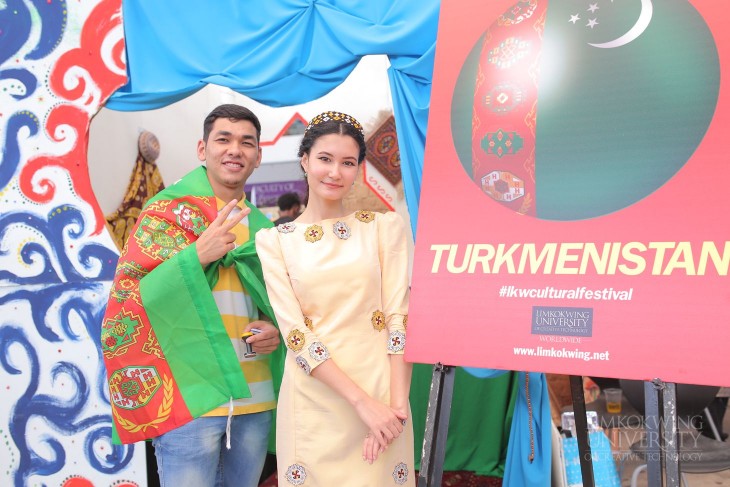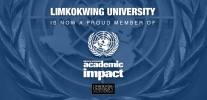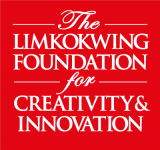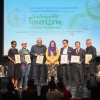
Turkmenistan has a distinctive and remarkable history, coloured by its Central Asian location at the crossroads of the ancient Silk Road trade route.
Society, Language & Religion
Turkmens are traditionally nomadic, descendants from several tribes and clans who speak different dialects and have their own style of dressing. Turkmenistan has a population of approximately 5.6 million people, predominantly Turkmens at 85 percent, with Uzbeks, Russians and others making up the rest.
The country’s official language is Turkmen, spoken by about 72% of the population, Russian is spoken by 12%, and Uzbek by 9%. Most Turkmens adhere to Islam at 89%.
MUST READ: Know more about Turkmenistan
Cuisine & Music
Turkmen cuisine is influenced by both the nomadic lifestyle and severe living conditions of the country. The most popular dish is pilaf, along with soups and dishes featuring mutton. The Caspian Sea coast has a variety of seafood dishes, combining fish with ingredients such as apricots, pomegranate juice, and sesame.
Turkmen songs are connected to every aspect of life. The most vibrant and respected of musicians is the bakhshi – a musician-storyteller who travels from town to town performing traditional Turkmen songs.
Economy
Agriculture employs nearly half of the country’s workforce and contributes a little over 9% of the country’s GDP. Hydrocarbon exports (mainly natural gas) make up 31% of Turkmenistan’s GDP, with 60% of gas exports going to China and the remainder to Russia and Iran. According to the World Factbook, Ashgabat has explored two initiatives to bring gas to new markets: a trans-Caspian pipeline that would carry gas to Europe and the Turkmenistan-Afghanistan-Pakistan-India gas pipeline.























